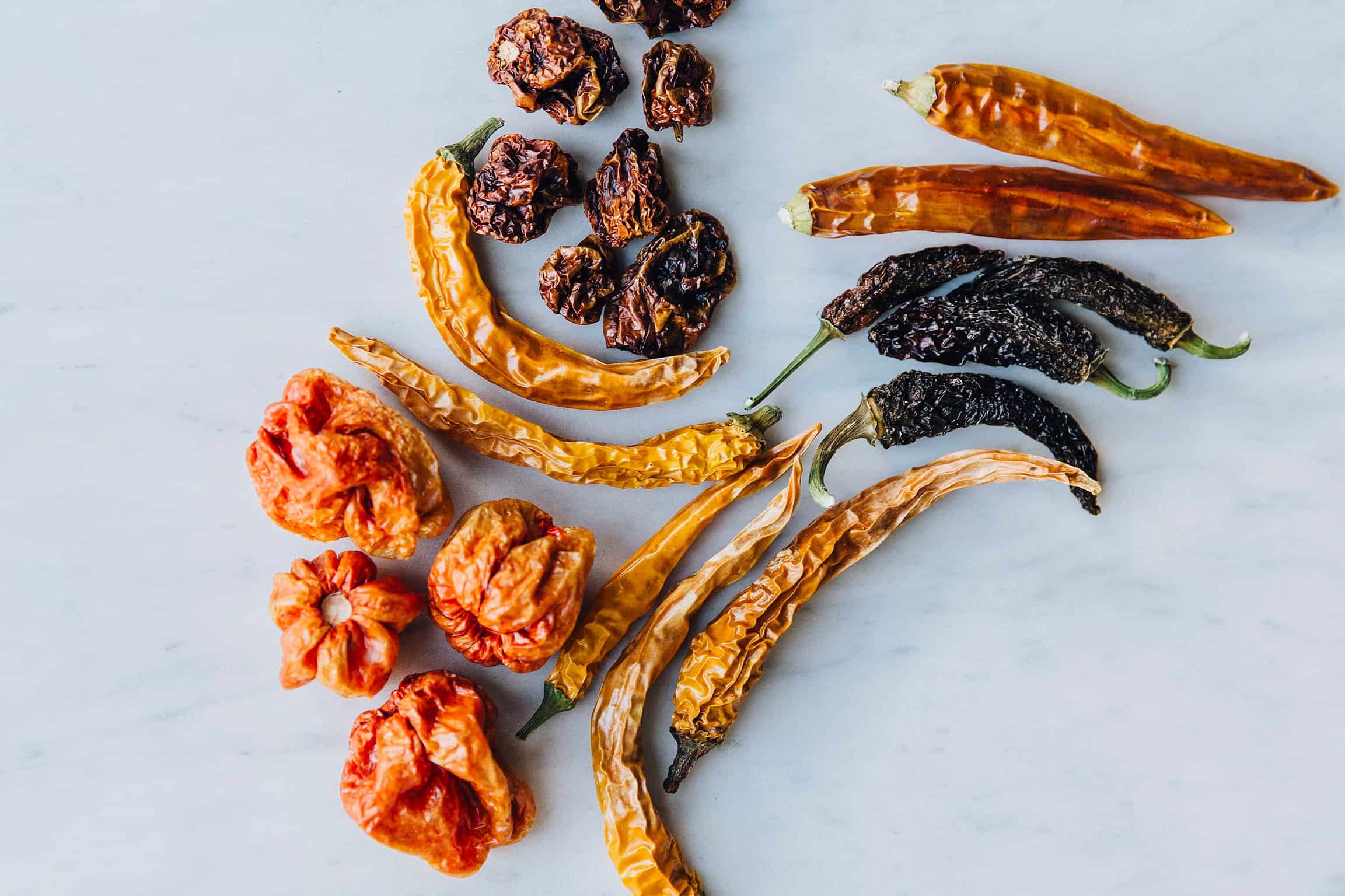

Articles
How To Store Dried Chiles
Modified: August 20, 2024
Discover the best way to store dried chiles with our informative articles. Learn how to keep your chiles fresh and flavorful for all your recipes.
(Many of the links in this article redirect to a specific reviewed product. Your purchase of these products through affiliate links helps to generate commission for Storables.com, at no extra cost. Learn more)
Introduction
Dried chiles are a staple ingredient in many cuisines around the world, known for their vibrant flavors and intense heat. Whether you’re an avid home cook or a professional chef, having a supply of quality dried chiles on hand is essential for adding depth and spice to your dishes.
However, to ensure that your dried chiles maintain their quality and flavor for an extended period of time, proper storage is key. In this article, we will guide you through the process of selecting, storing, and using dried chiles to ensure that they remain fresh and flavorful.
Before diving into the storage techniques, it’s important to understand the different types of dried chiles available. There is a wide variety of chiles to choose from, each with its own unique flavor profile and level of heat. Some popular varieties include ancho chiles, guajillo chiles, chipotle chiles, and arbol chiles.
Ancho chiles are known for their mild heat and smoky, slightly sweet flavor, making them ideal for sauces and stews. Guajillo chiles have a medium heat level and a fruity, tangy taste, making them perfect for salsas and marinades. Chipotle chiles, made from smoke-dried jalapeños, add a rich and smoky flavor to dishes. Finally, arbol chiles are small and fiery, adding a fiery kick to any recipe.
Now that you have a basic understanding of the different types of dried chiles, let’s delve into the proper storage techniques to ensure their longevity and flavor.
Key Takeaways:
- Properly storing dried chiles is crucial for preserving their flavor and heat. Choose airtight containers, keep them in a cool, dry place, and protect them from moisture and light to ensure their longevity.
- Rehydrate dried chiles to intensify their flavor and use them in a variety of dishes. Experiment with toasting, blending, and infusing chiles to unleash their full potential in your culinary creations.
Read more: How To Store Dried Lavender
Selecting Dried Chiles
When it comes to selecting dried chiles, there are a few factors to consider to ensure you are getting the best quality product. Here are some tips to help you choose the right chiles:
- Appearance: Examine the chiles closely and look for ones that are pliable and not brittle. They should be uniformly colored and free of mold or pests.
- Aroma: Give the chiles a sniff to check for a strong, fresh aroma. Avoid chiles that have a musty or off smell, as this can indicate that they are past their prime.
- Heat Level: Consider the heat level you desire for your dishes. If you prefer milder flavors, opt for ancho or guajillo chiles. For a spicier kick, go for arbol or chipotle chiles. Keep in mind that the smaller the chile, the hotter it tends to be.
- Quality: It’s always best to purchase dried chiles from reputable sources to ensure that you are getting high-quality products. Local markets, specialty stores, and online spice vendors are good places to start.
Once you have selected the perfect dried chiles, it’s time to store them properly to maintain their flavor and quality.
Storing Dried Chiles
Proper storage is crucial for preserving the flavor and quality of dried chiles. Follow these guidelines to ensure that your chiles remain fresh for a long time:
- Choose the Right Container: Opt for airtight containers, such as glass jars or plastic resealable bags, that will protect the chiles from air and moisture.
- Keep Chiles in a Cool and Dry Place: Store your dried chiles in a cool and dry area away from direct sunlight, as exposure to heat and light can cause them to lose flavor and potency.
- Protect Chiles from Moisture and Light: Moisture and light can lead to mold growth and degradation of the chiles’ quality. Consider storing your chiles in a pantry or cupboard, away from sources of moisture, like the sink or refrigerator.
- Monitor the Storage Environment: Regularly check your storage area to ensure there are no signs of moisture or pests. Remove any damaged chiles promptly to prevent contamination.
- Organize by Variety: If you have different types of dried chiles, consider labeling and organizing them by variety. This will make it easier to locate and use the specific chile you need for a recipe.
Follow these storage techniques, and you can enjoy your dried chiles for up to a year or even longer.
Choosing the Right Container
When it comes to storing dried chiles, choosing the right container is essential to maintain their freshness and flavor. Here are a few container options that work well for storing dried chiles:
- Glass Jars: Glass jars with airtight lids are an excellent choice for storing dried chiles. They provide a protective barrier against air, moisture, and light, keeping the chiles fresh and preserving their flavor.
- Plastic Resealable Bags: Plastic resealable bags are another convenient option for storing dried chiles. Make sure to squeeze out any excess air before sealing the bag to create an airtight environment.
- Plastic or Glass Containers with Rubber Seals: Containers with rubber seals create a tight seal, preventing air from entering and maintaining the chiles’ quality. These containers are especially useful if you live in a humid climate.
- Spice Jars: Small spice jars with sealing lids are perfect for storing smaller amounts of dried chiles. They keep the chiles organized and easily accessible while protecting them from air and moisture.
When choosing a container, make sure it is clean and dry before transferring the dried chiles. It’s also a good idea to label the containers with the type of chiles and the date of storage to keep track of freshness.
Remember, airtight containers are crucial for preserving the flavor and potency of dried chiles. It’s best to avoid storing them in paper bags or cardboard containers, as these materials allow air and moisture to penetrate, leading to flavor loss and spoilage.
Now that you’ve chosen the right container, let’s move on to the next step of storing dried chiles: keeping them in a cool and dry place.
Keeping Chiles in a Cool and Dry Place
One of the most important factors in storing dried chiles is the storage environment. To maintain their quality and flavor, it’s essential to keep chiles in a cool and dry place. Here are a few tips to help you create the ideal storage conditions:
- Avoid Heat: Heat is the enemy of dried chiles as it can cause them to lose flavor and potency. Avoid storing chiles near sources of heat like stovetops, ovens, or appliances that generate heat.
- Choose a Cool Location: Find a cool spot in your kitchen or pantry where the temperature remains relatively stable. Ideally, the storage area should be around 50 to 70 degrees Fahrenheit (10 to 21 degrees Celsius).
- Stay Away from Moisture: Moisture can lead to mold growth and spoilage of dried chiles. Avoid storing them in areas prone to humidity, such as near sinks or refrigerators. Keep them away from open containers of liquids or damp areas.
- Avoid Direct Sunlight: Exposure to sunlight can cause the chiles to fade in color and lose their flavor. Store them in a dark corner or in a cupboard to protect them from direct sunlight.
- Consider the Climate: If you live in a humid climate, it may be challenging to find a cool and dry spot. In such cases, you can use a dehumidifier or silica gel packets to absorb excess moisture in the storage area.
By keeping your dried chiles in a cool and dry environment, you can prolong their shelf life and preserve their flavor for an extended period.
Next, let’s explore how to protect chiles from moisture and light to ensure their longevity.
Store dried chiles in an airtight container in a cool, dark place to maintain their flavor and potency. Avoid storing them near heat sources or in direct sunlight.
Read more: How To Store Dried Elderberries
Protecting Chiles from Moisture and Light
Maintaining the proper storage conditions for dried chiles involves protecting them from moisture and light. Here are some measures you can take to ensure their longevity:
- Use Airtight Containers: As mentioned earlier, storing dried chiles in airtight containers is crucial. This helps create a barrier against moisture and air, preventing spoilage and flavor loss. Ensure that the lids or seals of the containers are tight-fitting and secure.
- Consider Double Packaging: If you’re concerned about moisture seeping into the container, you can double package the chiles. Place the chiles in a resealable plastic bag and then transfer them to the airtight container for an additional layer of protection.
- Absorb Moisture: Place a small packet of silica gel or a piece of dried bread inside the container to absorb any moisture that may accumulate. This helps maintain the dryness of the chiles and prevents mold growth.
- Store in a Dark Place: Light can degrade the flavor and color of dried chiles. Keep them away from direct sunlight or fluorescent lights by storing them in a dark pantry or cupboard.
- Avoid Refrigeration: While it may be tempting to store dried chiles in the refrigerator, this can introduce moisture and cause them to lose their flavor. It’s best to store them at room temperature in a cool and dry place.
By protecting dried chiles from moisture and light, you can maintain their quality and flavor for an extended period.
Now that you’re equipped with the knowledge to store dried chiles properly, let’s explore another option: freezing dried chiles.
Freezing Dried Chiles
Freezing dried chiles is an alternative storage method that can help extend their shelf life while retaining their flavor. Here’s how you can freeze dried chiles:
- Prepare the Chiles: Start by cleaning the dried chiles and removing any stems or seeds. If desired, you can break them into smaller pieces for easier handling and portioning.
- Package for Freezing: Place the dried chiles in airtight freezer bags or vacuum-sealed bags. Squeeze out any excess air to prevent freezer burn and seal the bags tightly.
- Label and Date: It’s important to label the bags with the variety of chiles and the date of freezing. This will help you keep track of their freshness and easily identify them in the freezer.
- Freeze: Lay the bags flat in the freezer to allow for easier stacking and to prevent the chiles from sticking together. Ensure that they are not in contact with any moisture or strong-smelling foods.
- Thawing and Using: When you need to use the frozen chiles, simply remove the desired amount from the freezer bag and thaw them in a bowl of cold water or add them directly to your recipe. There’s no need to fully thaw them; they can be used directly from frozen.
Freezing dried chiles can help maintain their flavor for up to a year or more. However, it’s important to note that freezing may slightly alter the texture of the chiles. They may become more pliable and softer upon thawing, but their flavor and heat will remain intact.
Now that you know how to freeze dried chiles, let’s explore how to rehydrate them for use in your favorite recipes.
Rehydrating Dried Chiles
Rehydrating dried chiles is a simple process that allows you to bring them back to their original texture and intensify their flavor. Here’s how you can rehydrate dried chiles:
- Select the Chiles: Choose the dried chiles you want to rehydrate based on the recipe or flavor profile you’re aiming for. Different chiles offer varying levels of heat and unique flavors.
- Remove Stems and Seeds: Before rehydrating, remove the stems and seeds from the dried chiles. You can do this by either cutting off the tops or splitting the chiles open and scraping out the seeds.
- Soak in Hot Water: Place the dried chiles in a bowl and cover them with hot water. Allow them to soak for 15 to 30 minutes or until they become soft and pliable.
- Drain and Reserve Liquid: Once the chiles are rehydrated, drain them and keep the soaking liquid. The liquid can be used to enhance the flavor of sauces, soups, or stews.
- Blend or Chop: Depending on the recipe, you can either blend the rehydrated chiles with a bit of the soaking liquid to create a smooth paste or chop them finely to add texture and heat to your dishes.
Rehydrated chiles can be used in a variety of dishes such as salsas, sauces, marinades, and more. They add depth, richness, and a touch of heat that can elevate any recipe.
Now that you know how to rehydrate dried chiles, let’s explore some tips and tricks for using them in your cooking.
Tips and Tricks for Using Dried Chiles
Using dried chiles in your cooking can take your dishes to the next level and add a rich depth of flavor. Here are some tips and tricks to help you make the most out of dried chiles:
- Toast or Sear: Before using dried chiles in your recipes, consider toasting or searing them lightly in a dry skillet. This process enhances their flavor and brings out their natural oils.
- Combine Chiles: Experiment with different combinations of dried chiles to create unique flavors. Mixing mild and spicy chiles can help balance the heat and add complexity to your dishes.
- Make a Chile Powder: Grind dried chiles into a powder using a spice grinder or mortar and pestle. This homemade chile powder can be used as a seasoning for various dishes, such as rubs, marinades, or spice blends.
- Infuse Oils and Vinegars: Add dried chiles to oils or vinegars to infuse them with a spicy kick. Use these infused oils and vinegars for dressings, marinades, and drizzling over finished dishes.
- Control the Heat: If you want to control the heat level in your dishes, you can remove the seeds and inner ribs of the dried chiles before using them. The seeds and ribs contain most of the heat in the chiles.
- Blend into Sauces and Salsas: Rehydrated and blended dried chiles add depth of flavor and a vibrant color to sauces and salsas. You can use them as a base for enchilada sauce, mole, or hot sauce.
- Use as a Flavor Booster: Add a few pieces of dried chiles to soups, stews, braises, or simmering sauces to infuse them with a subtle, smoky heat.
- Experiment with Tea Infusions: Steep dried chiles in hot water to create a spicy chile tea infusion. This can be used as a unique and flavorful base for soups, broths, or braising liquids.
With these handy tips and tricks, you can unleash the full potential of dried chiles and create incredible dishes bursting with flavor and complexity.
Now that you have a better understanding of using dried chiles, let’s wrap up this article.
Read more: How To Store Dried Oregano
Conclusion
Storing dried chiles properly is essential for preserving their flavor, heat, and overall quality. By following the guidelines outlined in this article, you can ensure that your dried chiles remain fresh and vibrant for an extended period.
Remember to select the right chiles based on your preferences and the flavors you want to achieve in your dishes. Choose airtight containers to protect the chiles from air and moisture, and store them in a cool, dry place away from heat and light.
If you have a surplus of dried chiles, freezing them can be a viable option to maintain their freshness. Rehydrating the chiles before using them in your recipes can bring back their texture and intensify their flavor.
When using dried chiles in your cooking, don’t be afraid to experiment and combine different varieties to create unique flavor profiles. Toasting, grinding, or infusing chiles can further enhance their taste and versatility.
By incorporating dried chiles into your culinary repertoire, you can add depth, complexity, and a touch of heat to a wide range of dishes, from salsas and sauces to soups and stews.
So, whether you’re a seasoned chef or an adventurous home cook, follow these storage techniques and unleash the incredible flavors of dried chiles in your cooking. Elevate your dishes and impress your taste buds with the bold and vibrant essence of these culinary powerhouses.
Now, go forth and embrace the world of dried chiles!
Frequently Asked Questions about How To Store Dried Chiles
Was this page helpful?
At Storables.com, we guarantee accurate and reliable information. Our content, validated by Expert Board Contributors, is crafted following stringent Editorial Policies. We're committed to providing you with well-researched, expert-backed insights for all your informational needs.
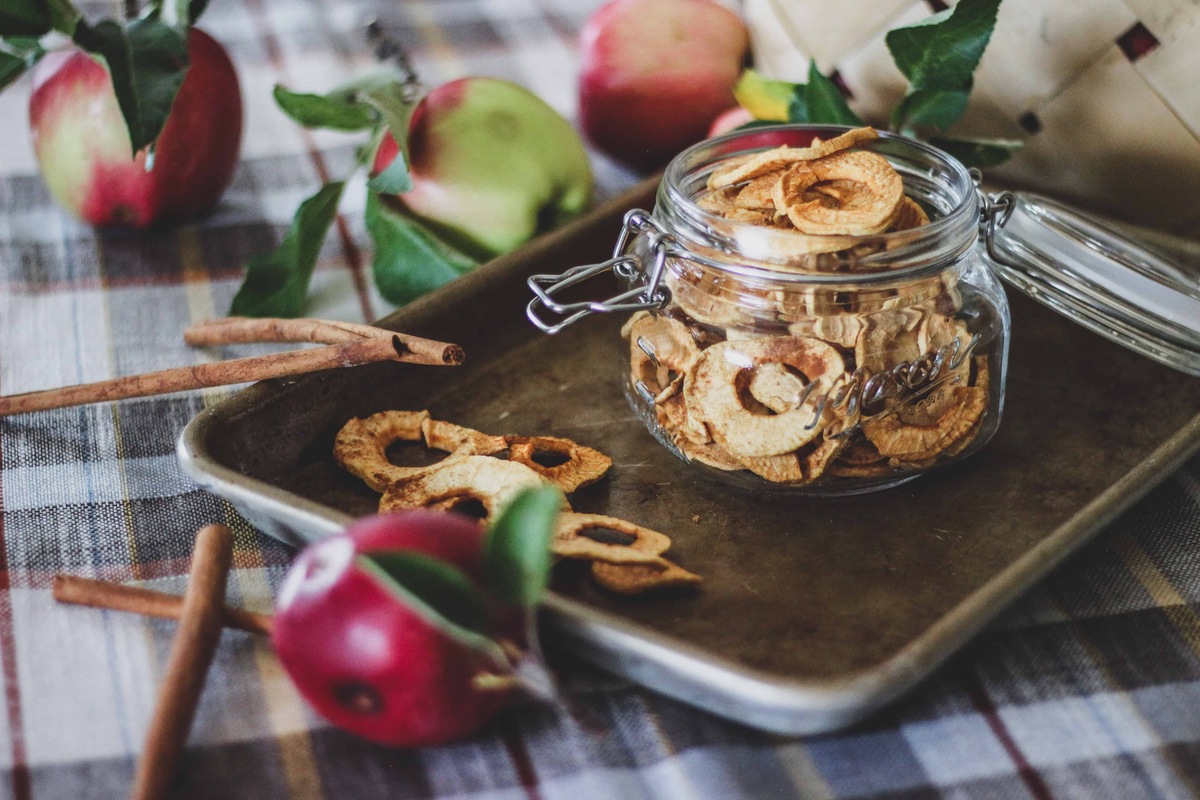
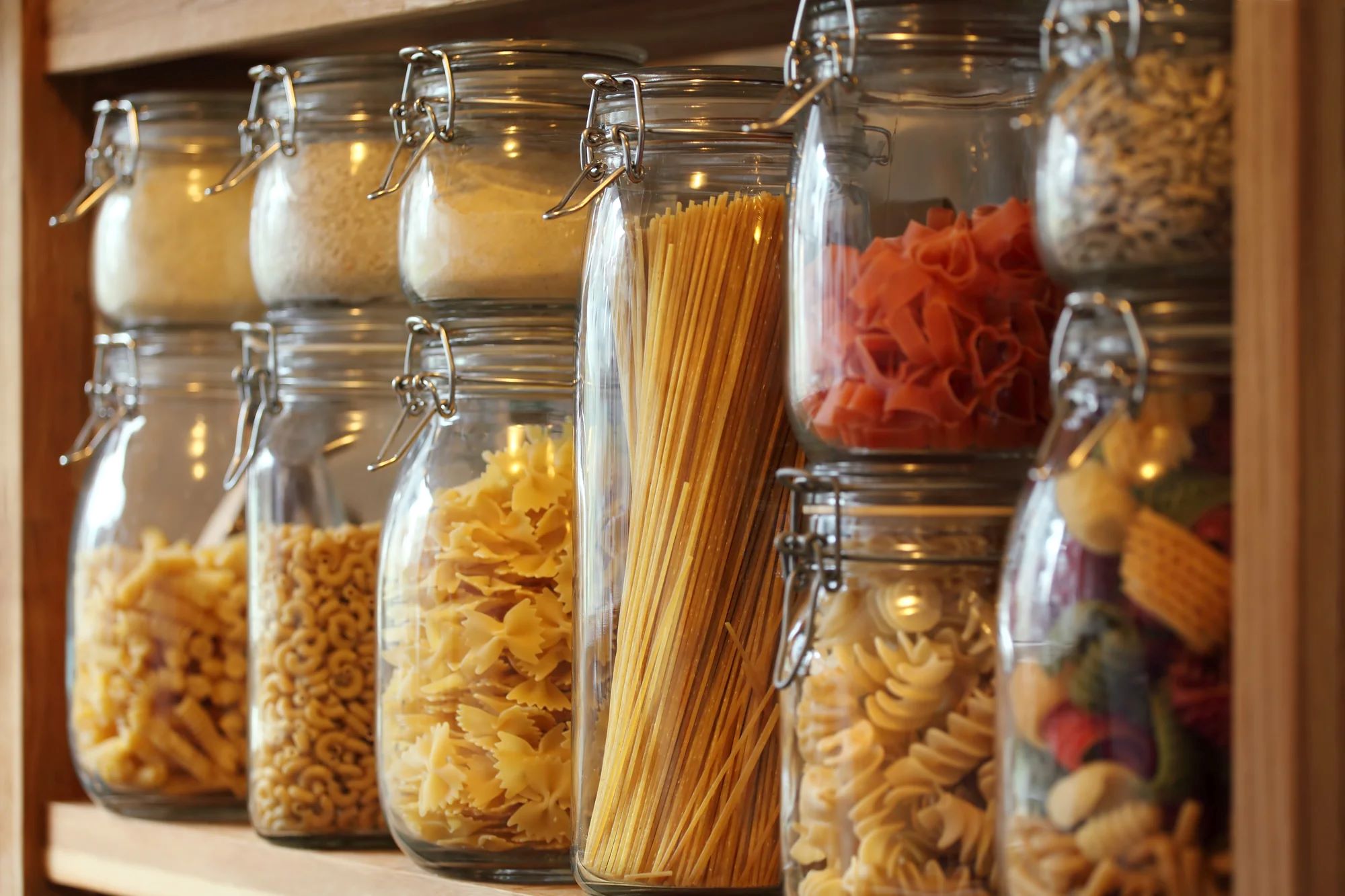
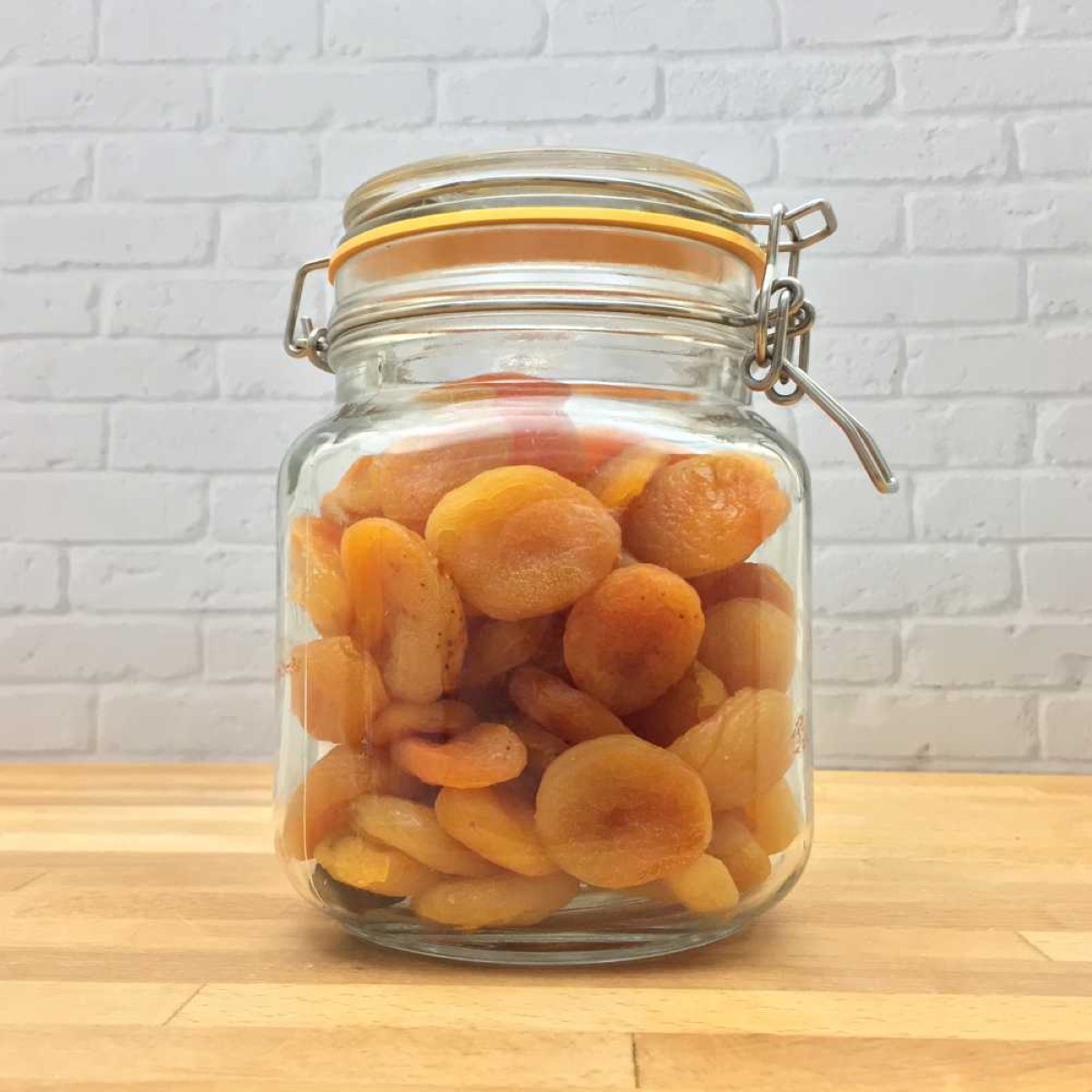
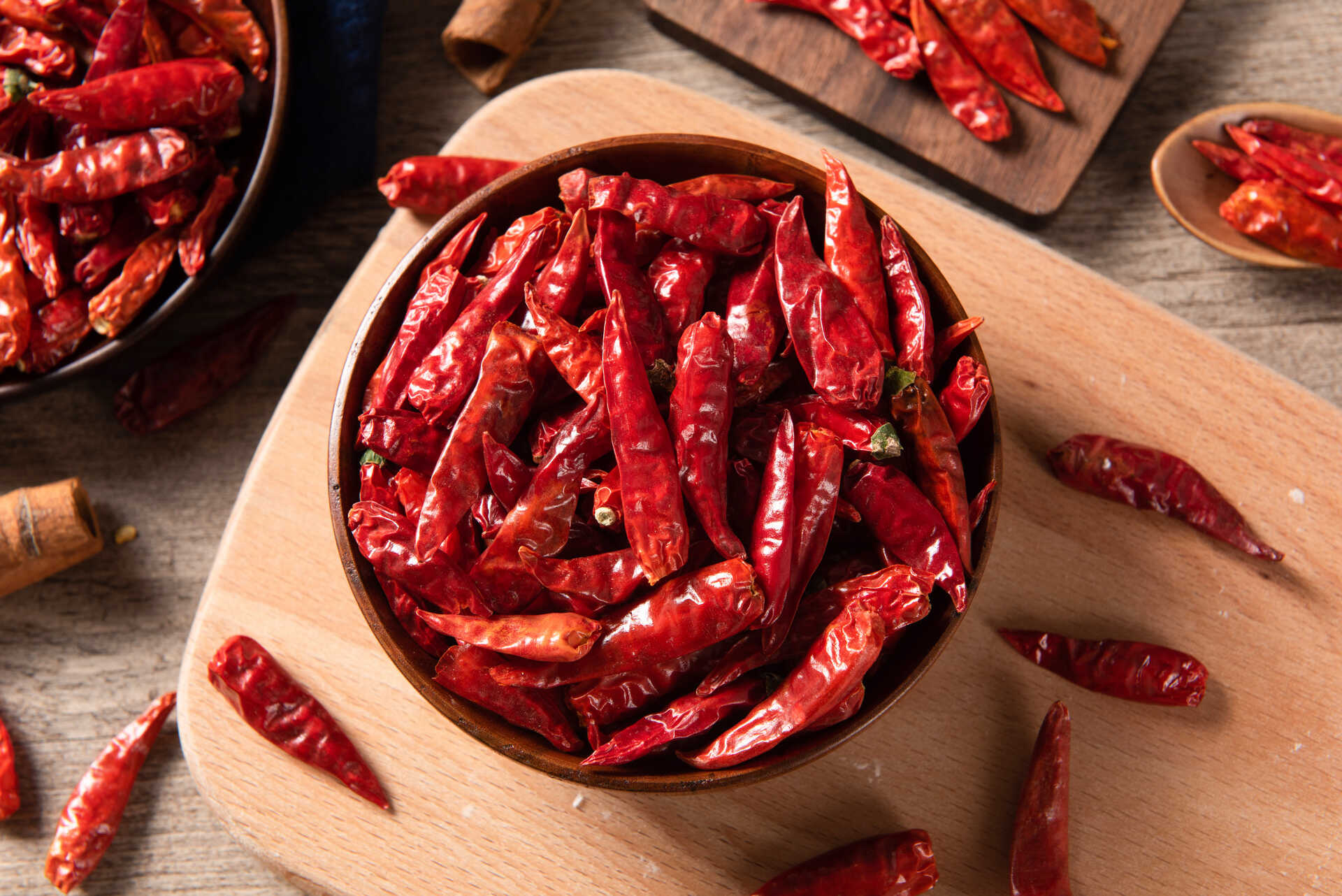
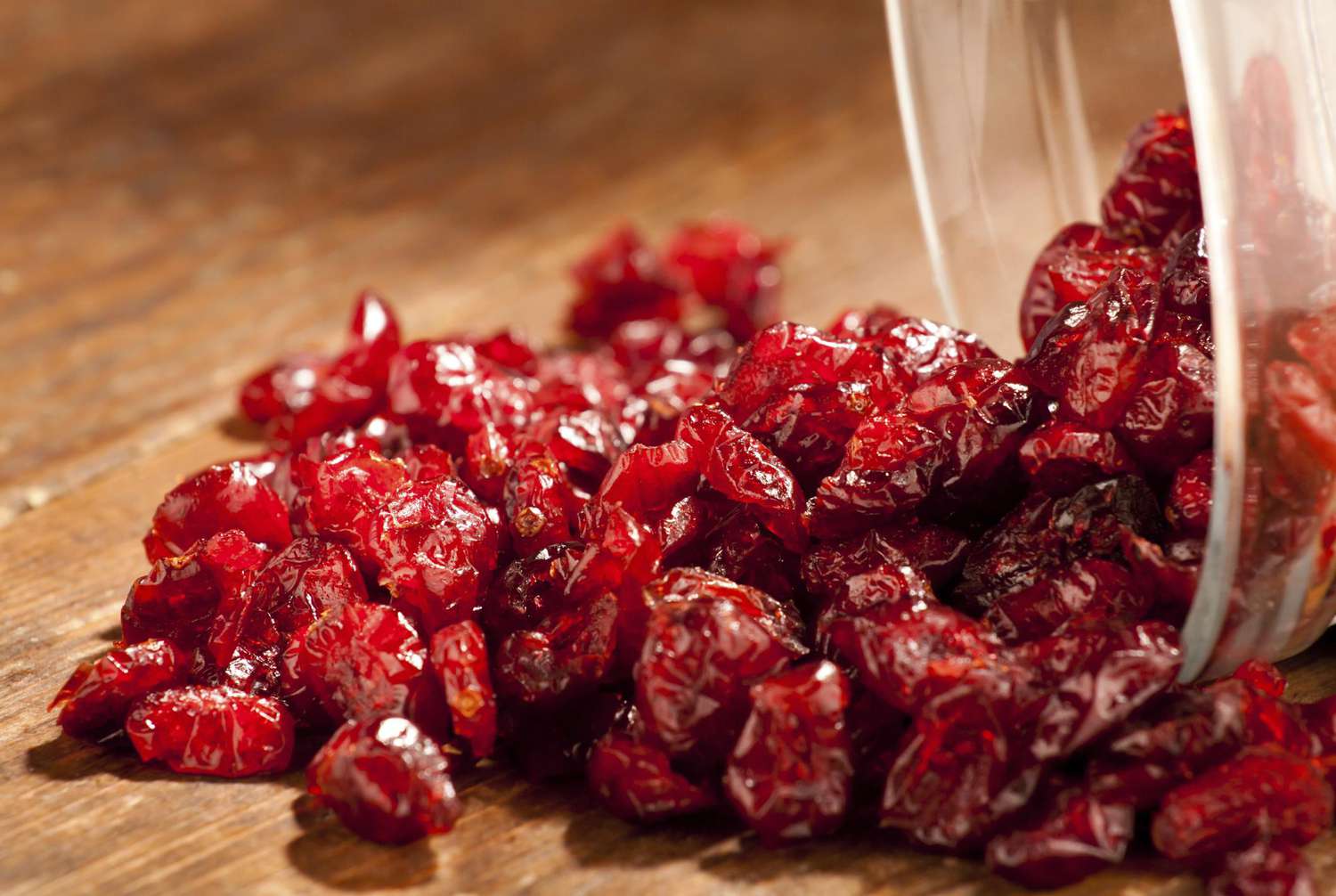
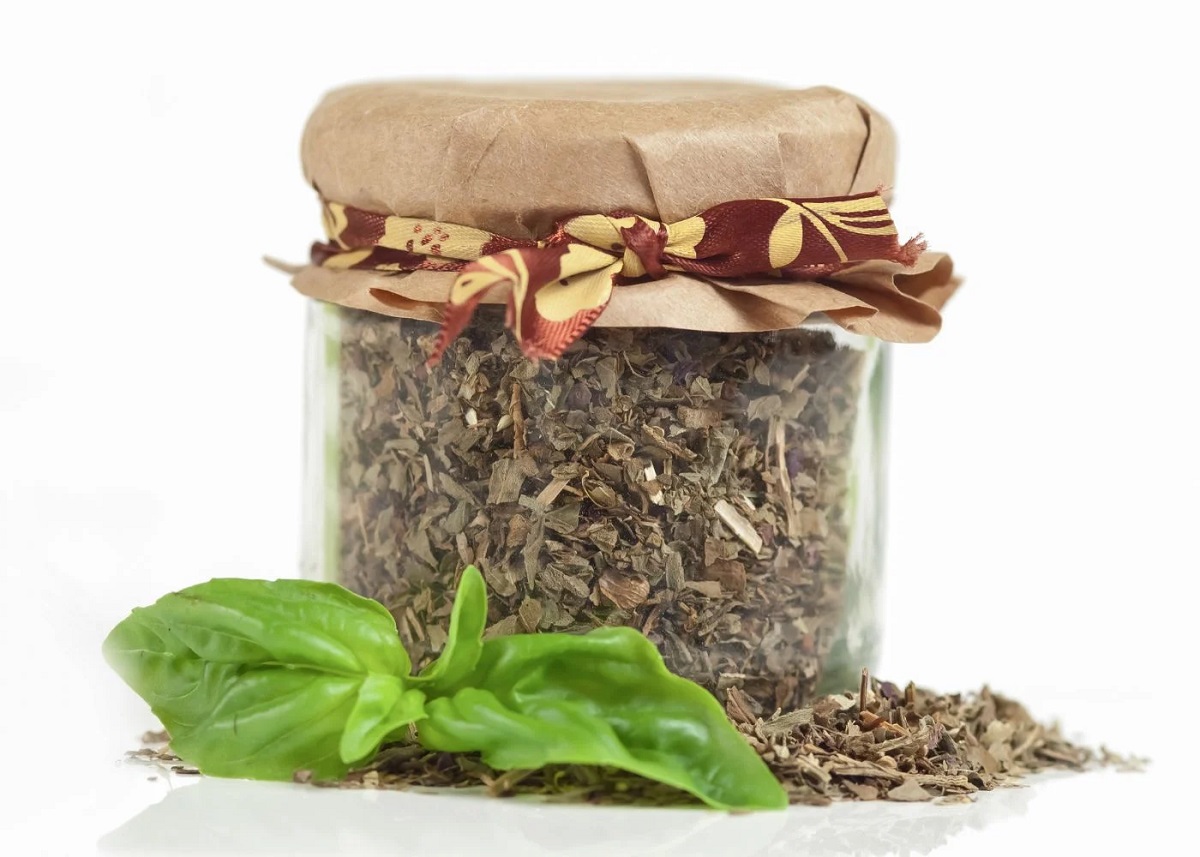
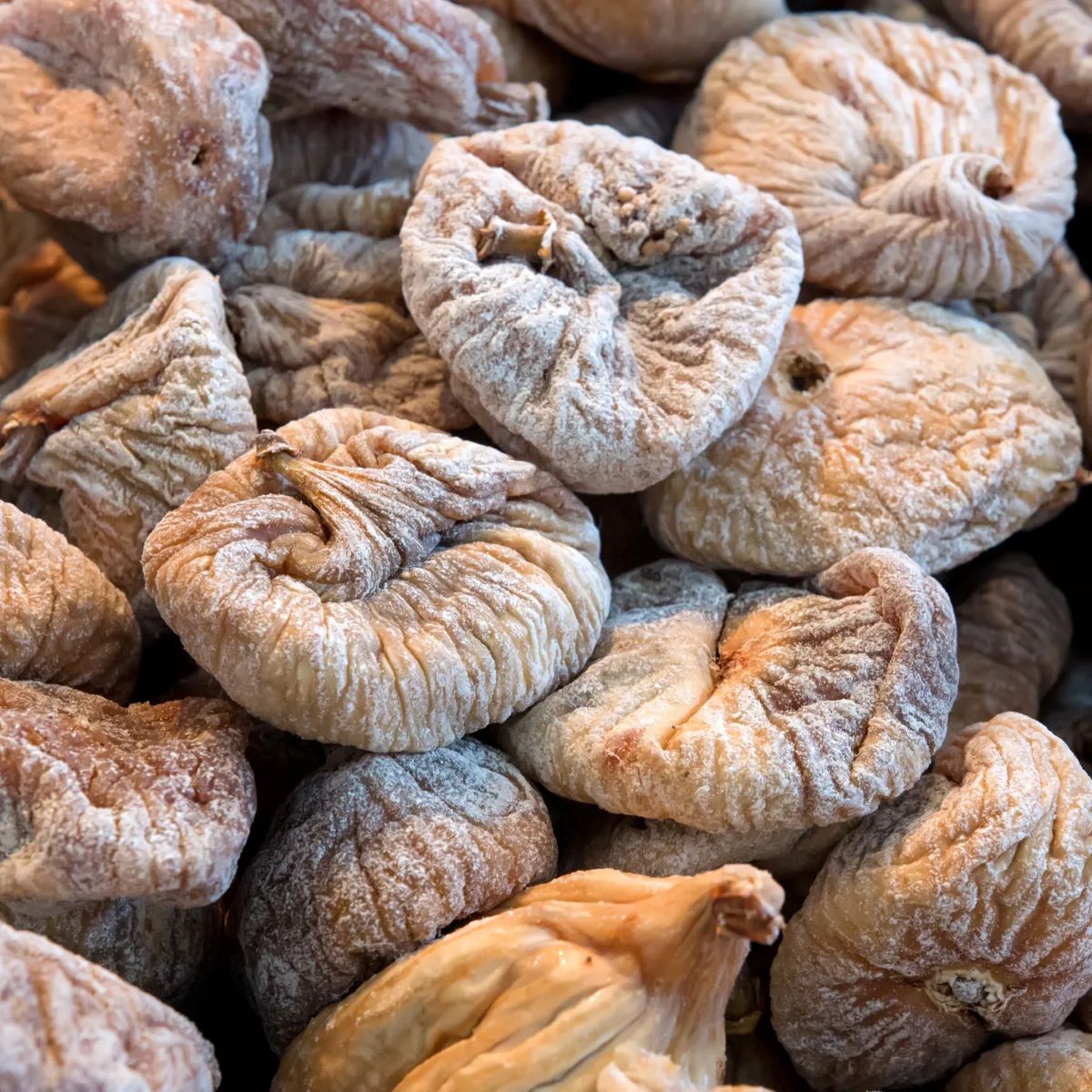
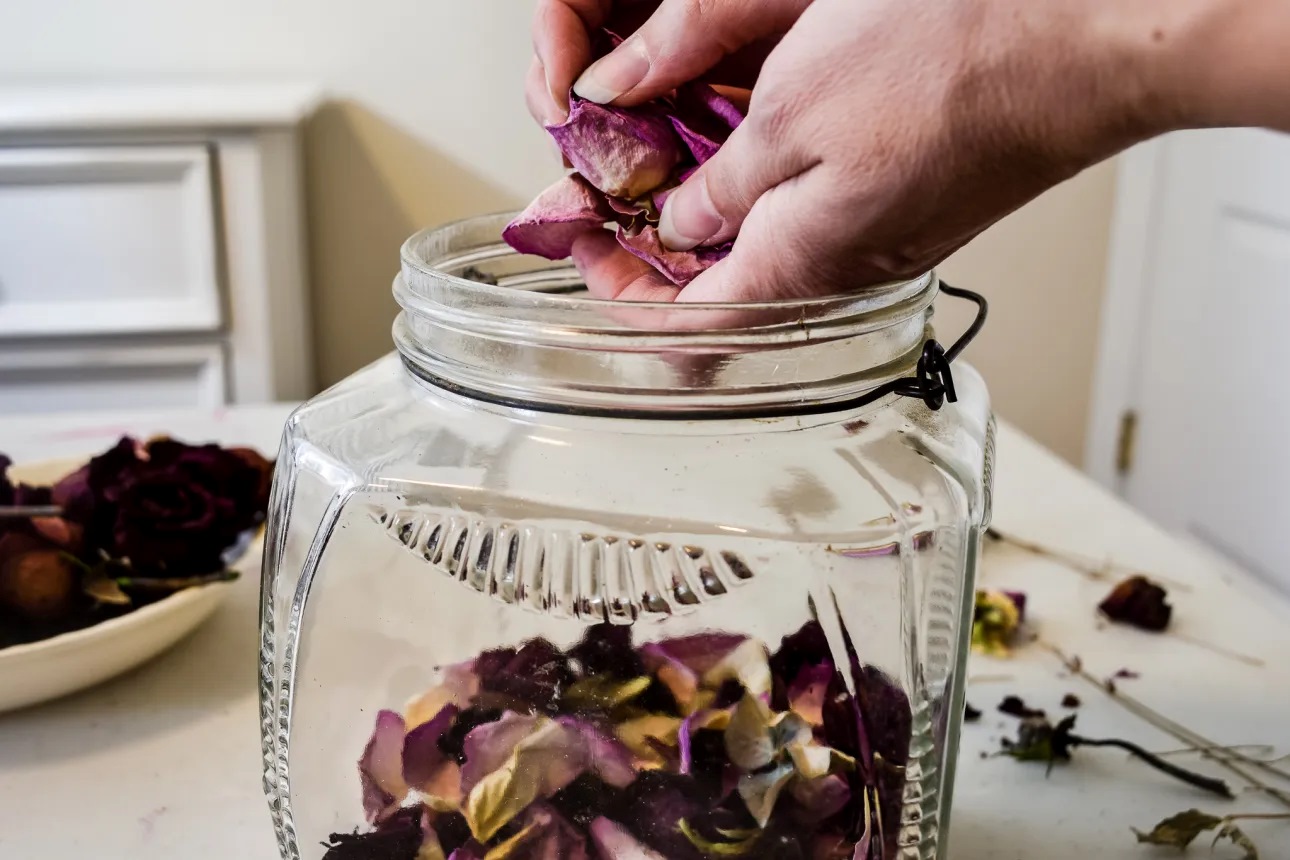
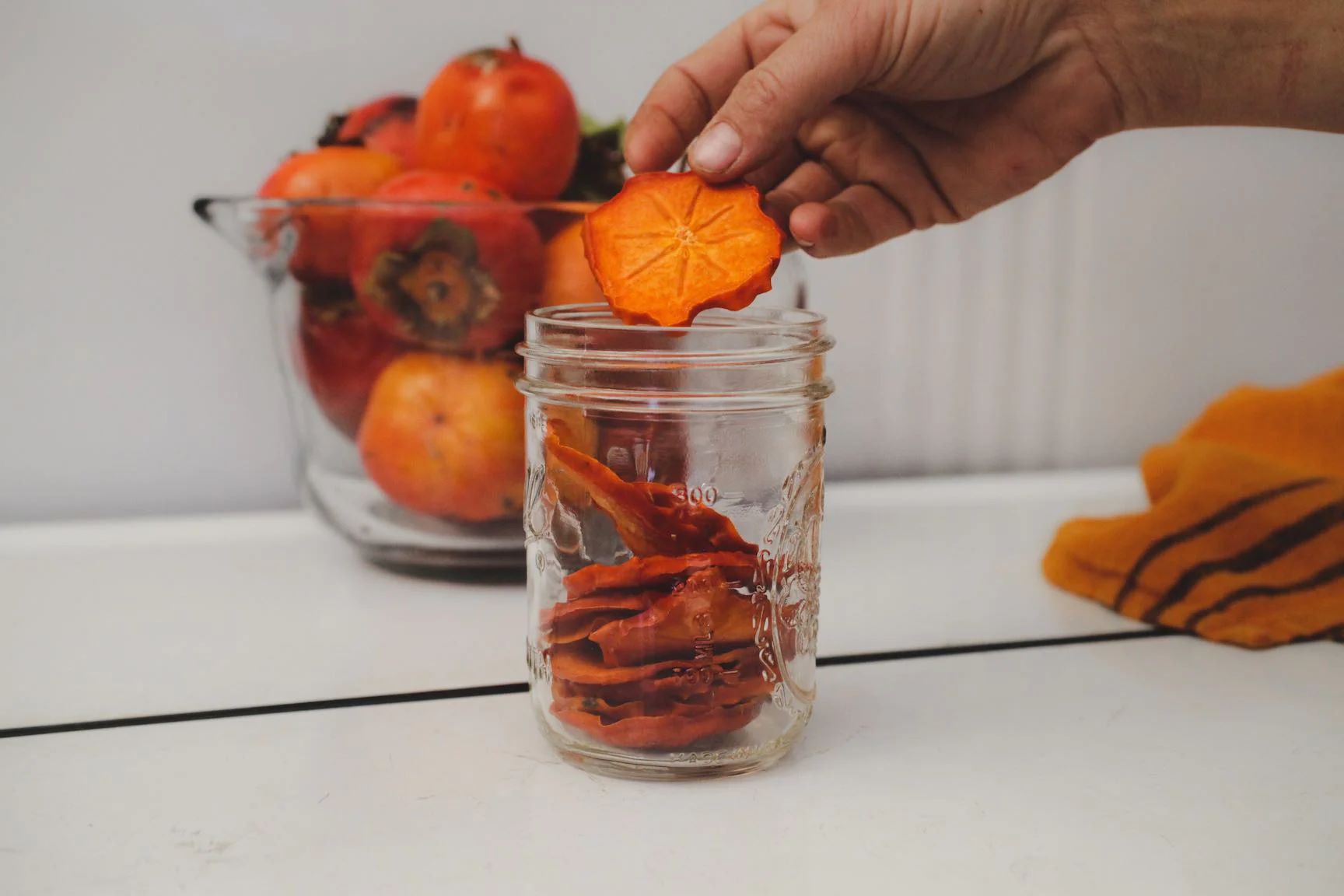
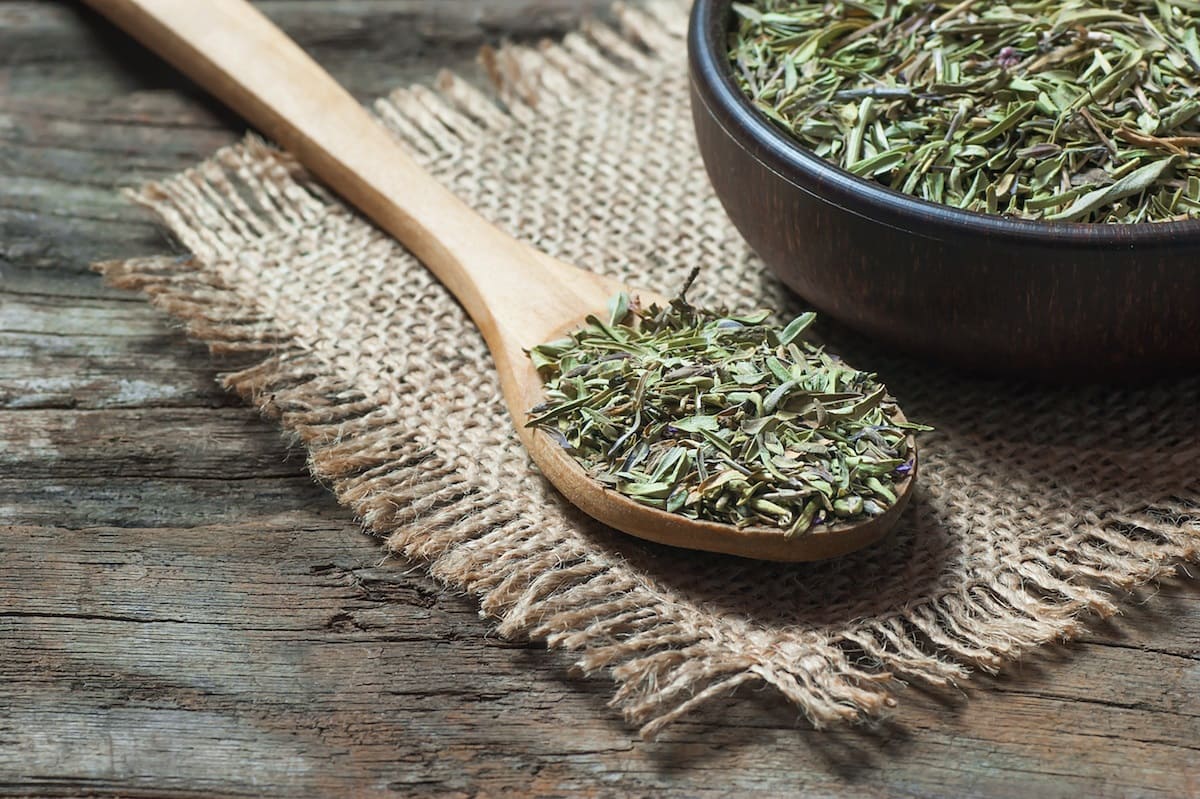
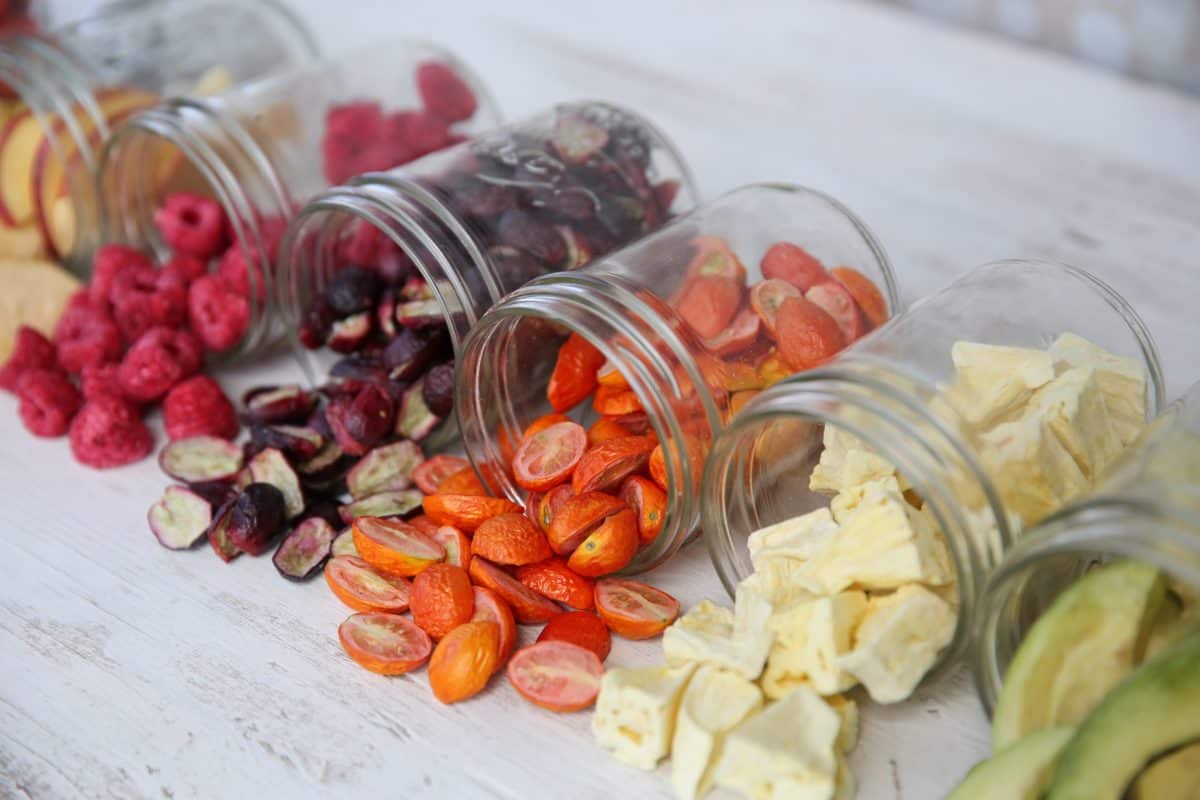
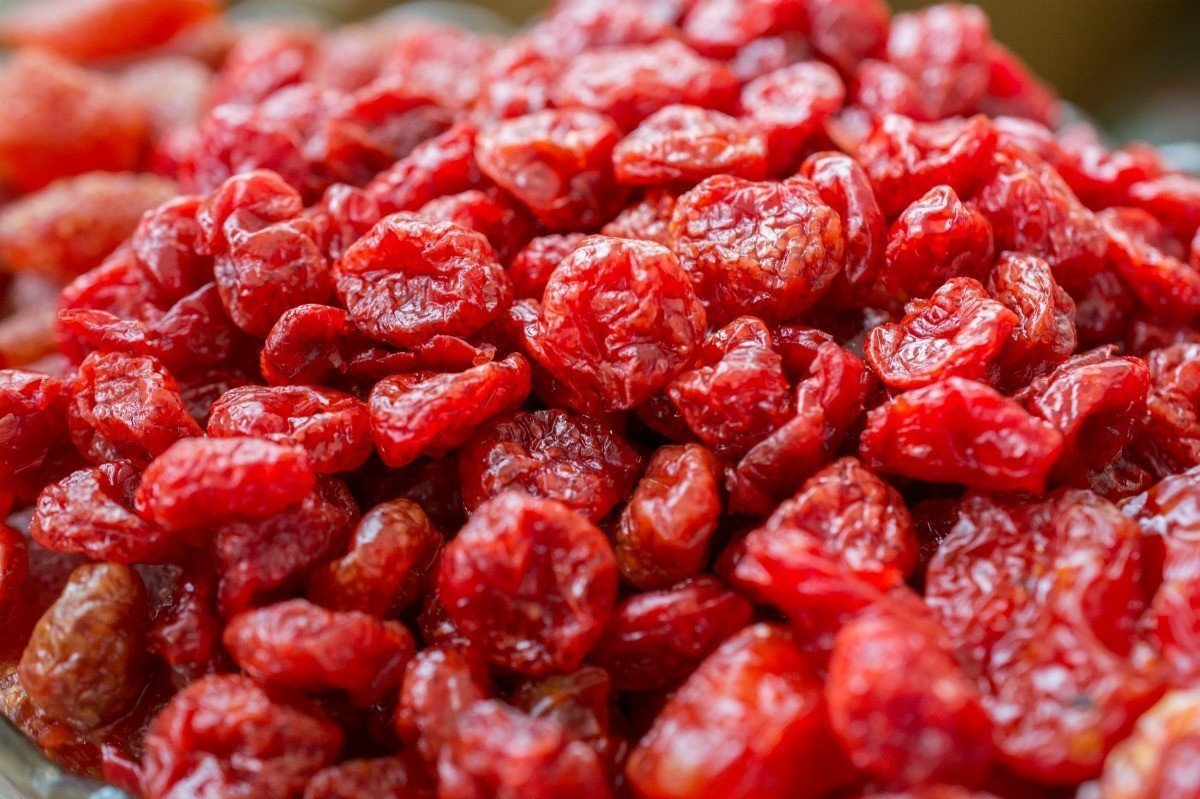
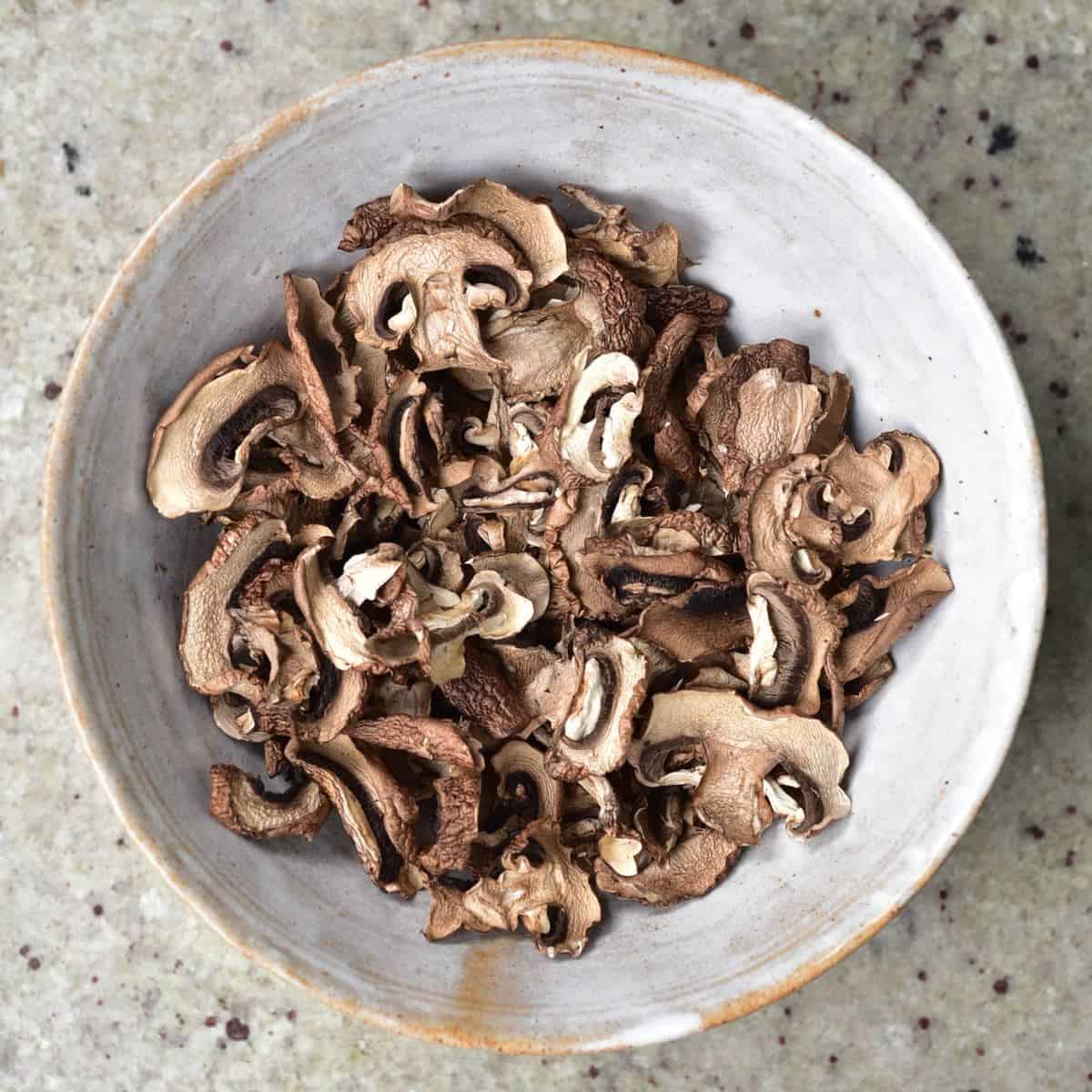

0 thoughts on “How To Store Dried Chiles”